How Sub-Par Air Quality Affects Physical Health
As we become more conscious of our environment, it's also vital to ensure that our indoor environment is clean and healthy. The concentration of pollutants indoors is two to five times higher compared to the outdoor concentration. According to EPA, about 90% of Americans spend their time indoors. The most affected are the young ones, older adults, and people with respiratory or cardiovascular conditions, as they are likely to spend more time indoors than any other group. Continue reading this article to learn about indoor air quality and its effect on your physical health.
What Is Indoor Air Quality?
Indoor air quality is the quality of air within and around a home, office, school, hospital, or any other building environment that directly relates to the comfort and health of occupants. Understanding the common indoor pollutants can help reduce your risk of indoor health conditions. According to Earth.org, nine out of ten people are breathing polluted air daily globally. This is due to the increased concentration of pollutants in recent decades due to factors such as:
- Increased use of synthetic building materials
- Personal care products
- Household cleaners
- Pesticides
- Furnishings such as upholstery, carpet, and flooring
- Central heating and cooling systems and humidification devices
- Fuel burning combustion appliances
How Indoor Air Quality Affects Your Health
The impact of a pollutant on your body depends on the amount of pollutant it emits and how hazardous the emission is. You're more likely to get affected if exposed to many pollutants, especially if they're used continuously. For instance, if you fail to conduct AC service and allow it to run continuously during summer, you will be more affected by breathing polluted air than someone exposed to gas when cooking and deodorants when getting ready for work. Effects associated with indoor air pollutants include:
- Headaches
- Dizziness
- Fatigue
- Irritation of the eyes, throat, and nose
- Respiratory disease
- Heart diseases
- Cancer
Common Pollutants and Their Effects
Some common indoor air pollutants can cause deadly health complications and diseases. They include:
- Radon: Radon is an invisible, odorless gas naturally released from soil, rocks, and water. It's the leading cause of lung cancer.
- Carbon monoxide: Another colorless and odorless gas that cuts off the oxygen supply. Inhaling this gas in poorly ventilated spaces can lead to death.
- Legionella bacterium: A bacterium associated with poor AC service that causes pneumonia.
- Asthma: Condition caused by breathing in indoor pollutants like pet dander, mold, dust mites, and tobacco smoke. Asthmatic people may experience asthma attacks whenever they are exposed to their irritants or triggers.
The health problems mentioned above affect children and adults and can occur due to short-term or prolonged exposure to the pollutant. There are levels and duration that are considered safe, but they vary from one pollutant to another. Generally, continuous exposure to high levels of particulate matter can lead to the above-mentioned conditions. Long-term exposure to some populates increases your risk of non-communicable diseases such as cancer, heart disease, stroke, and chronic obstructive pulmonary disease.
What You Can Do to Improve Indoor Air Quality
In recent decades, property managers, homeowners, and construction companies have been investing in research to help build well-ventilated buildings. Luckily, there are many things you can do to improve the indoor quality of your home. These tasks should be done quickly to see the impact they may have on the home.
Stay up to date with AC service. The HVAC system plays a critical role in maintaining your indoor air quality. Regular maintenance of your systems ensures filters and air ducts are clean to trap dust, pet dander, and other debris to prevent you from inhaling them.
Install indoor air quality sensors. You can install new continuous air quality monitoring sensors to measure the carbon dioxide, carbon monoxide, formaldehyde, particulate matter, radon, and other pollutants in the home.
Take the time to install air cleaners and air purifiers. Both devices help remove impurities in the air. However, air cleaners filter the air while air purifiers sanitize it, removing particles, including dust mites and pet dander. Air cleaners can collect large particles, but they may not be able to trap mold, mildew, viruses, cigarette smoke, bacteria, and chemicals, which is what air purifiers do.
Maintaining the quality of air in an indoor setting has a significant impact on your overall health. To learn more about indoor air pollutants and how to improve your indoor air quality, contact Joe East One Hour Heating and Air Conditioning today. We'll be happy to help!


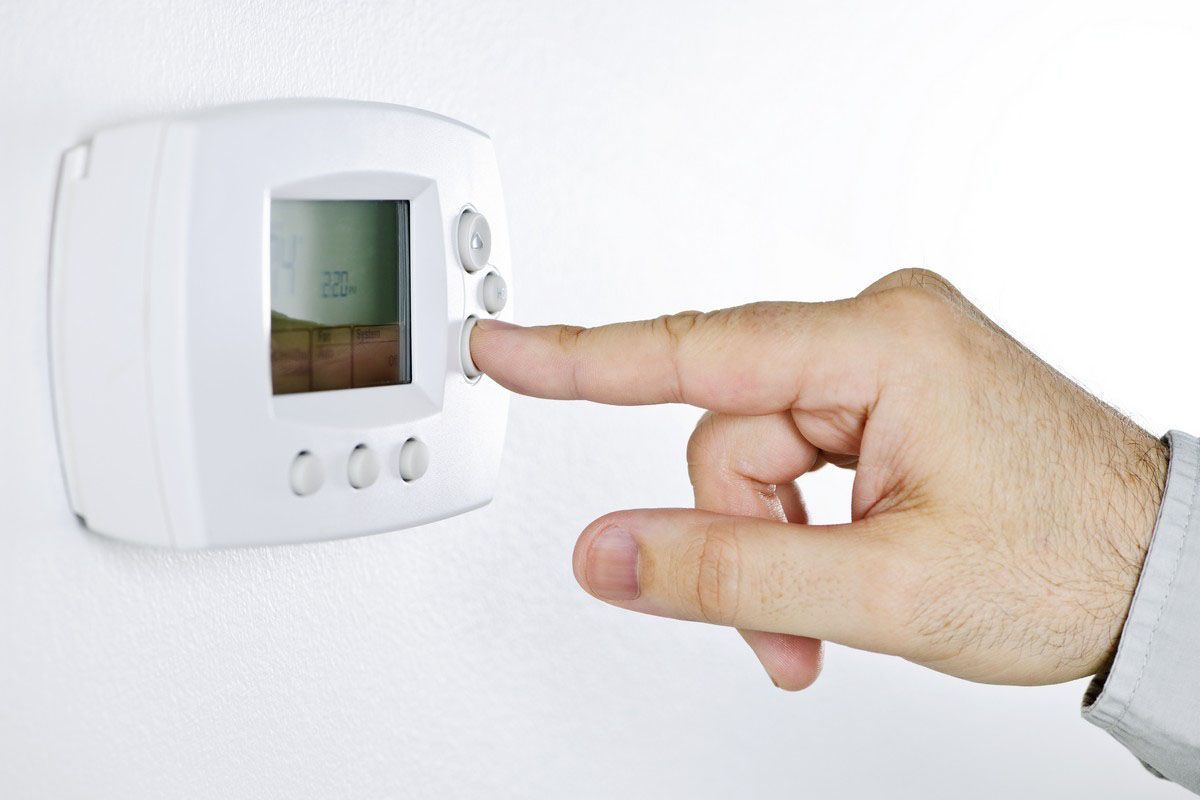
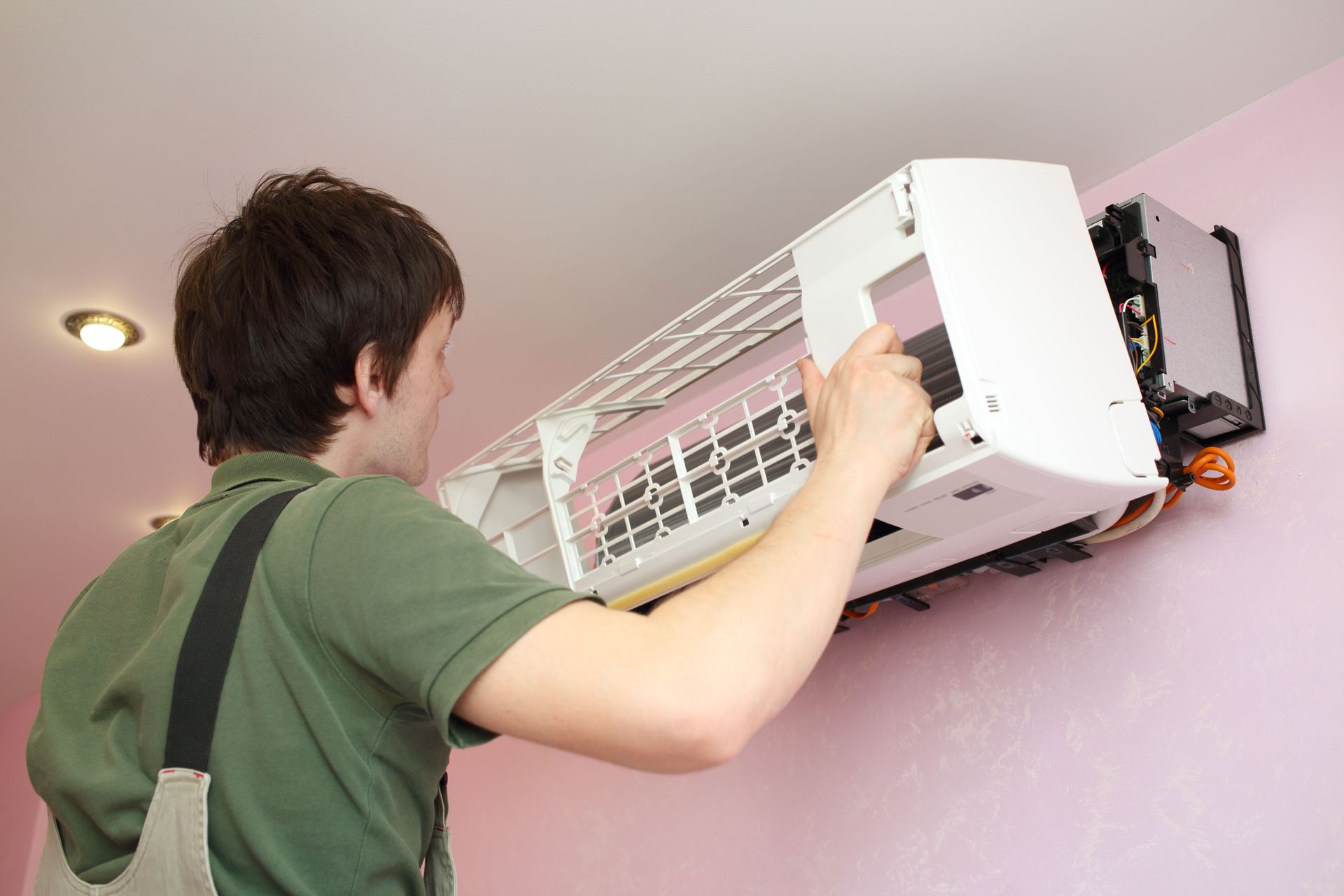

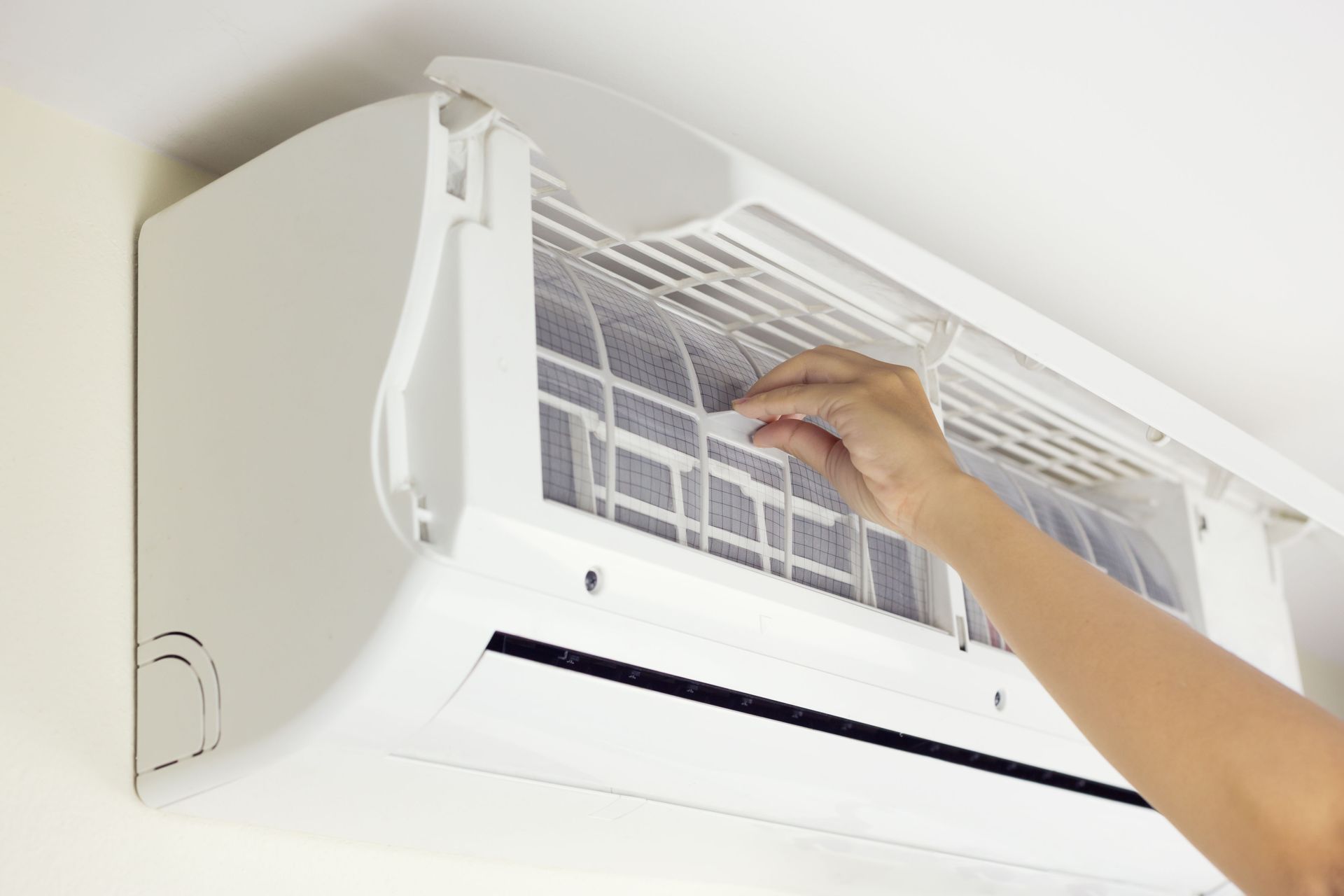
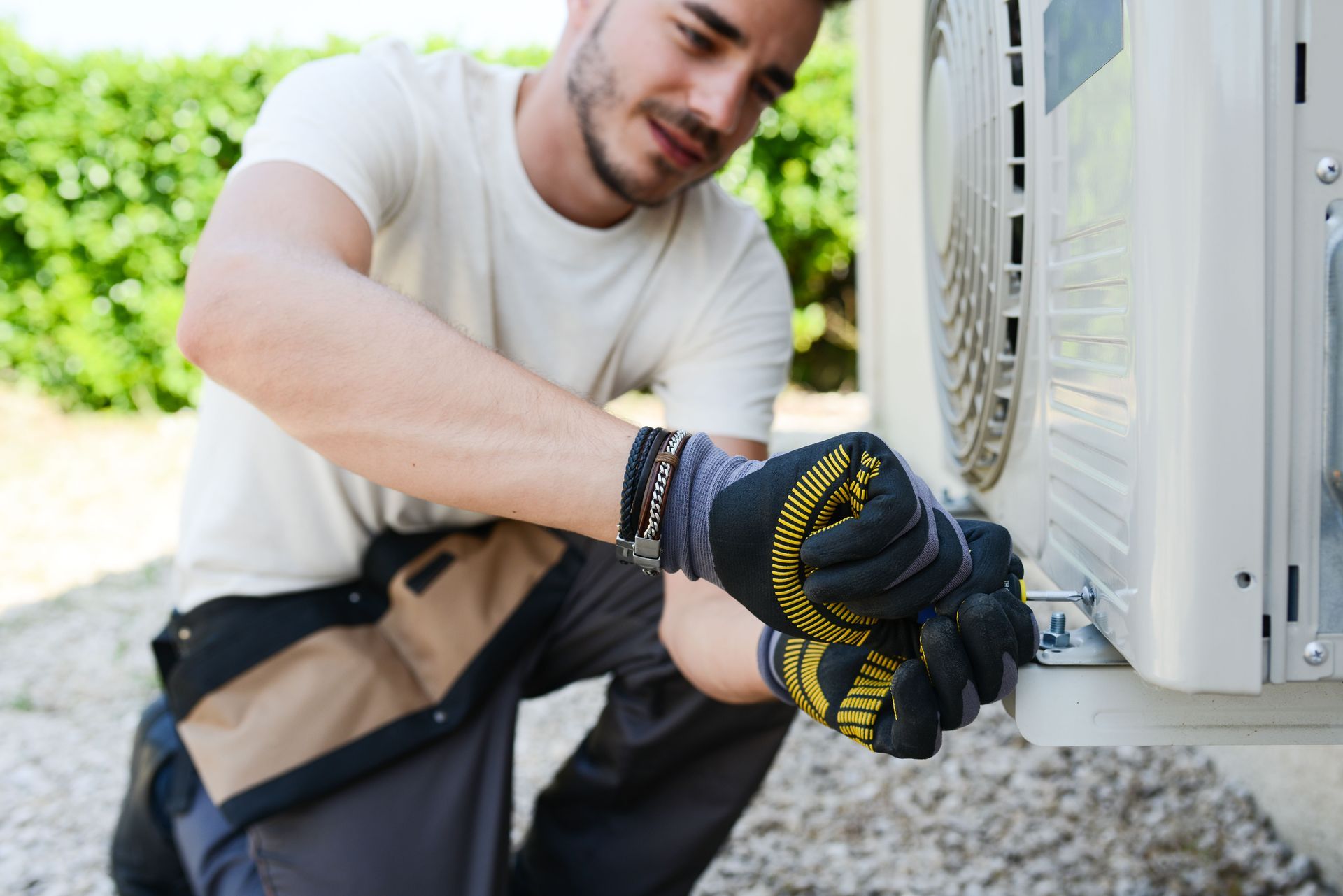
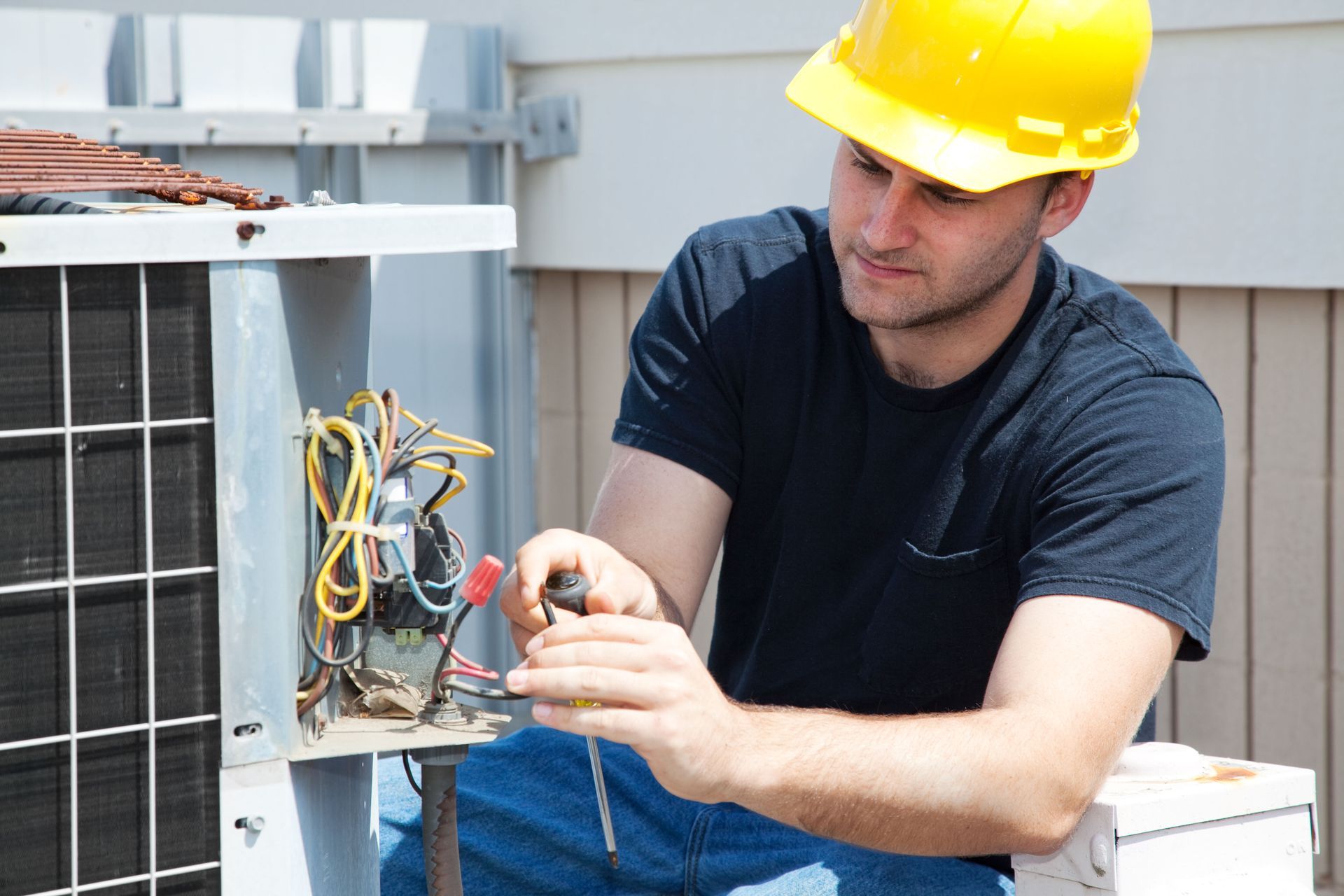
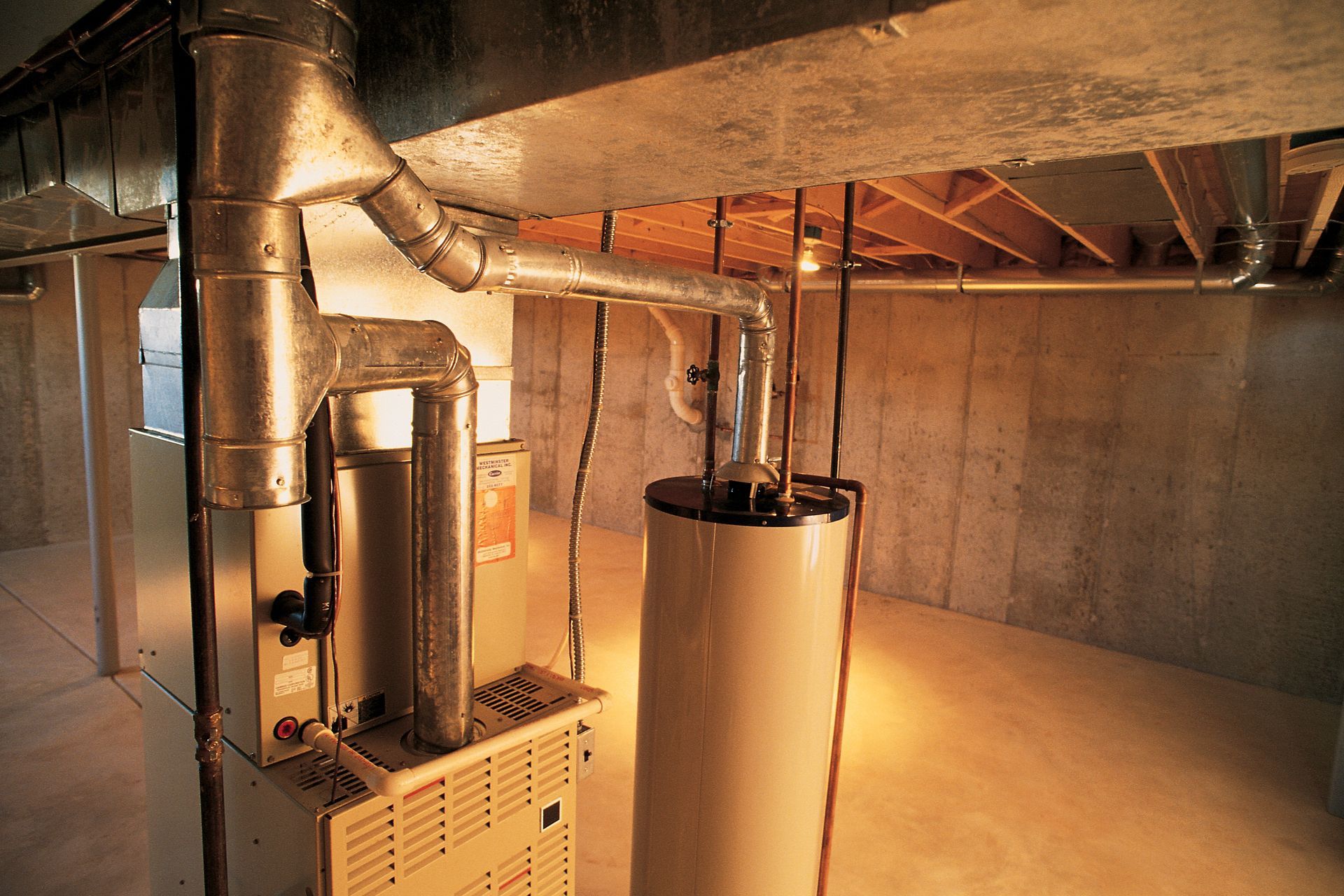
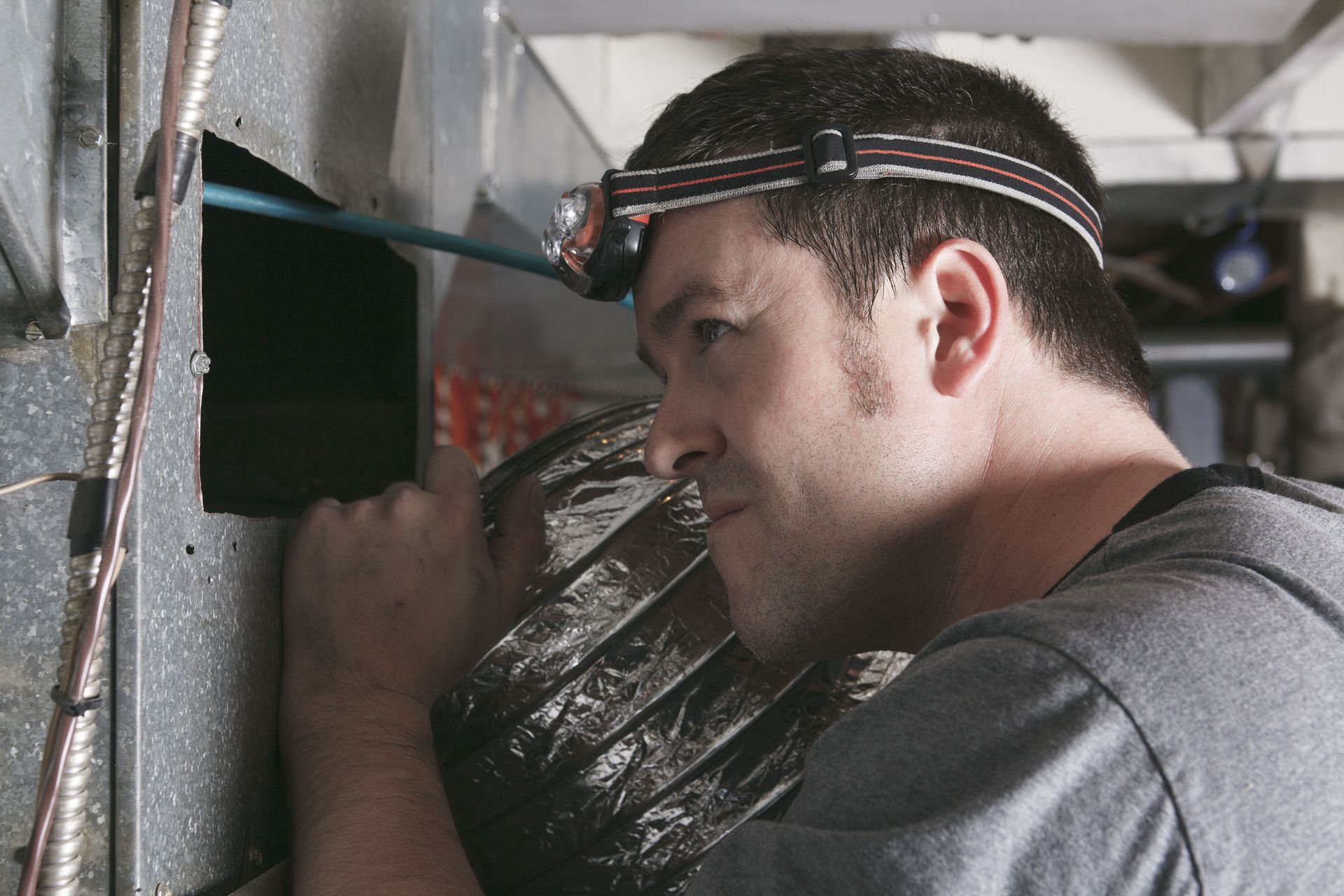
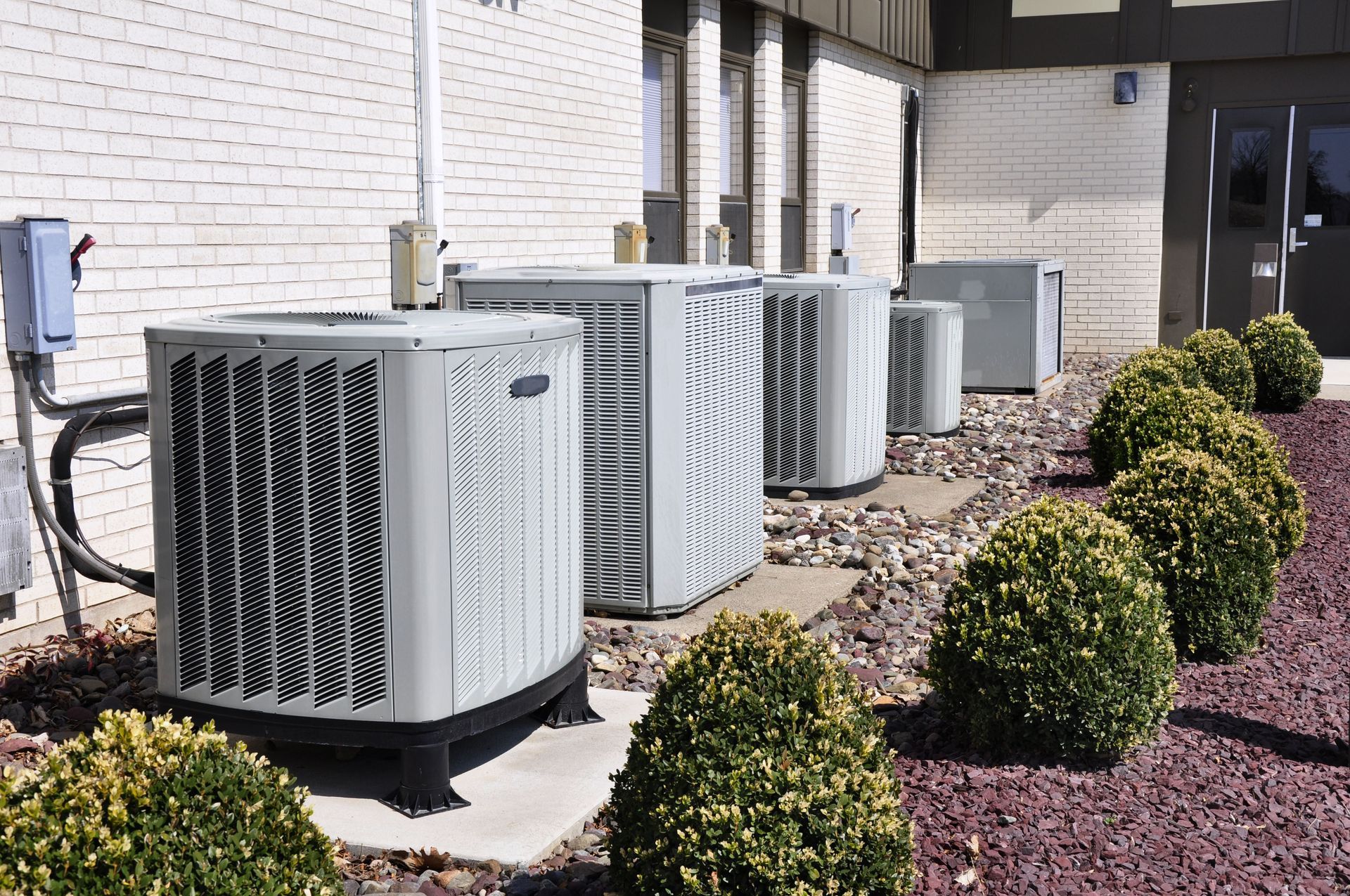

Share On: